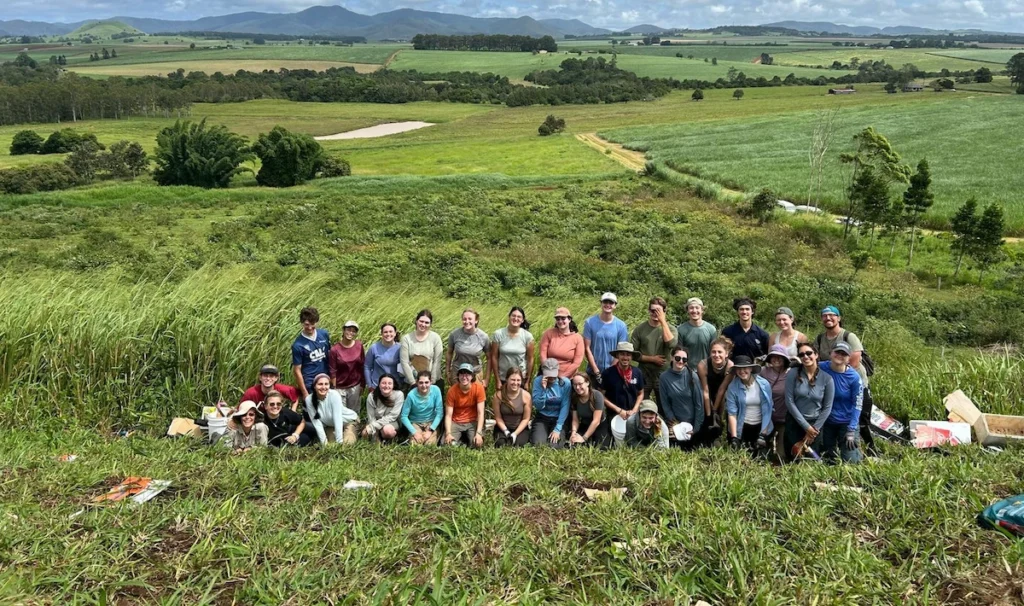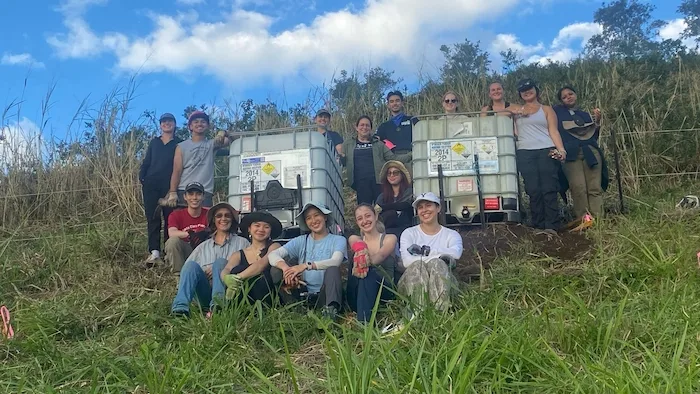Research to Understand & Conserve Marine Environments
The Directed Research (DR) course is always a semester highlight at the SFS Center for Marine Resource Studies. Students spend extended periods in the field, collecting and analyzing data that address components of our Five-Year Research Plan. These data will find their way into research reports, journal publications, and will often be used by our primary stakeholder, the government’s Department of the Environment and Marine Affairs, for the development of its marine conservation policies. So, although spending all day in or on the turquoise waters around South Caicos might sound like fun (and it is), the DR course is very much real and important research, and our students can leave the Turks and Caicos Islands knowing that they have contributed something meaningful to the ongoing efforts to understand and conserve the TCI’s marine environment.
Although the field component of DR does not begin until the second half of our semester, the course itself is already underway. Last week, the faculty presented details of this semester’s projects to the students and, as always, there is a diverse array of topics to suit most research interests. Our Center Director (Heidi) will continue her coral reef investigations, placing an emphasis this semester on the fish populations associated with this type of habitat – a good opportunity for students to put the field techniques that they will soon learn in their Marine Ecology course into action. Our Resource Management lecturer (Kathy) will have students assessing the local fisheries for spiny lobster, queen conch, and finfish, through a combination of in-water data collection and discussions with the local fishermen. Our Marine Policy lecturer (Liam) will be running projects to assess local attitudes to the marine environment, the extent and origins of marine debris, as well as surveying seabird populations – an important and often overlooked component of marine trophic networks. Lastly, I will be continuing our ongoing shark research, by assessing the conservation value of Marine Protected Areas to local shark populations.
South Caicos is a wonderful place for observing and studying a wide variety of marine life, especially sharks and their close relatives, rays. The sheltered, shallow waters of the Caicos Bank act as a nursery for neonate and juvenile lemon sharks, while Caribbean reef sharks, nurse sharks, eagle rays and southern stingrays are a common sight on the reef. On a really good day, you might even see a hammerhead shark or a tiger shark. However, South Caicos is an island in transition; a slow one perhaps, but a transition nonetheless. As conch and lobster catches continue to decline, fishing pressure is gradually being displaced onto fish stocks, while coastal development is bound to impact nearshore habitats such as mangroves. These are worrying developments for the sharks on the reef and those in the shallow nursery respectively. The TCI boasts a number of Marine Protected Areas, but do these reserves offer meaningful protection to highly mobile animals such as sharks? Are they of a suitable size? Are they optimally located? These are the questions that we are attempting to address through our research, and our students play a prominent role in it.
Of course, research is not just about being in the field collecting data. That is only half of the job. The data need to be assessed, summarized, interpreted, and reported. The DR course also covers these aspects of research, and our students recently learned about data analysis, including training in the use of statistical software. Next week, the ethics of research will be covered, followed by the all-important topic of scientific writing. However, an even more important component of the DR course takes place next week, namely project selection! The students will find out which project they will work on, and they can start exploring the relevant literature. It’s always an exciting time!

Baited Remote Underwater Video Stations (BRUVs) are one of the approaches used by SFS staff and students to assess shark abundance and size on local reefs.
Related Posts

Cinder Cone Chronicles: Lessons from Drought, Data, and Determination

Restoration on a Cinder Cone: A Syntropic Story

